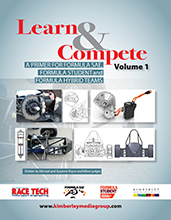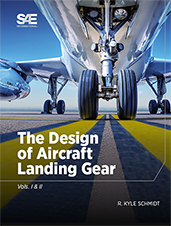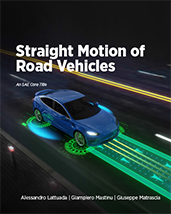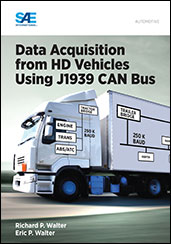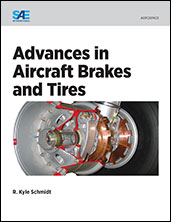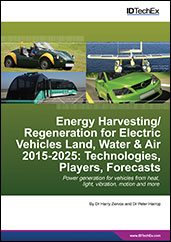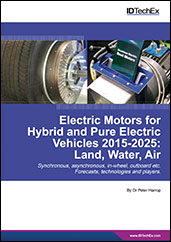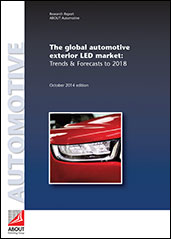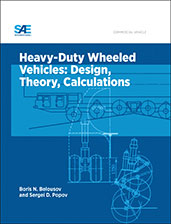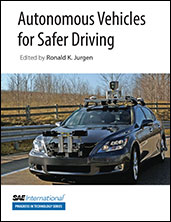Book

SAE International's Dictionary of Vehicle Accident Reconstruction and Automotive Safety
2023-10-25
This invaluable dictionary springs from the foundation laid by the glossary in Vehicle Accident Analysis and Reconstruction Methods, Third Edition created by the disbanded SAE Accident Investigation and Reconstruction Practices Committee (AIRP). Building on this content, this book encompasses a wide array of terms derived from both accident reconstruction and automotive safety. While biomechanics contributes numerous terms related to automotive safety concerning occupants, accident reconstruction primarily caters to vehicular elements. Unlike typical glossaries, this compendium doesn't just define; it references the sources related to the concept. Diving into SAE standards, recommended practices, and other renowned texts, this dictionary paints a complete picture. Even as the automotive landscape evolves, this work stands as an extensive reference for students and professionals alike.
